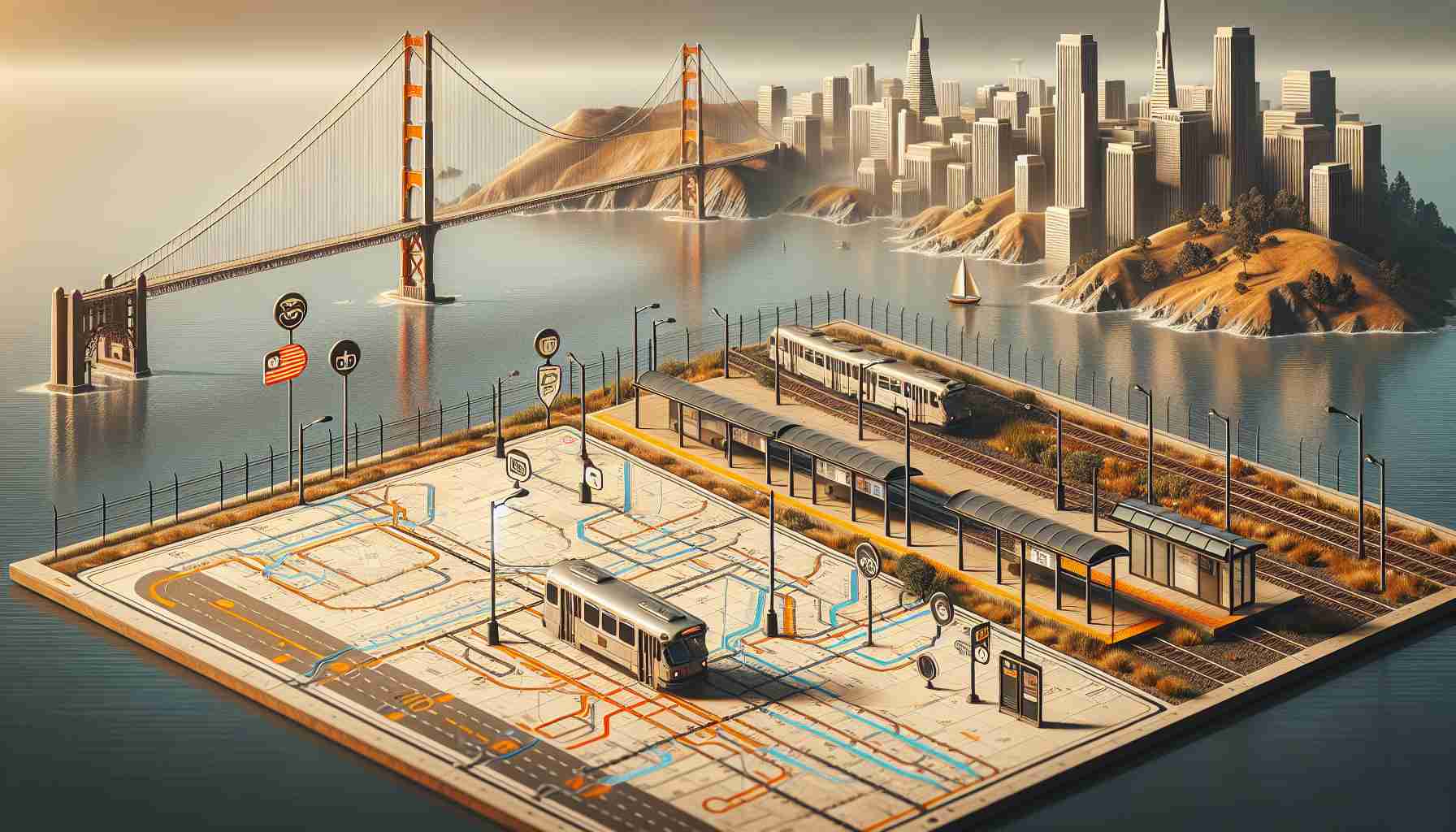In the San Francisco Bay Area, commuters face significant challenges due to underutilized public transportation systems. Recently, bus stops in several heavily trafficked areas remain largely unoccupied, indicating a disconnect between transit availability and commuter needs. For instance, in Concord, California, empty bus stops are not an uncommon sight, raising concerns about the effectiveness of local transit planning.
The East San Mateo region and downtown San Jose are among the key areas where high traffic flows do not translate into robust public transit usage. Similarly, neighborhoods in East San Jose and the Mission district of San Francisco exhibit similar trends, with residents often opting for personal vehicles due to perceived inadequacies in public transport infrastructure.
Furthermore, areas around Oakland’s airport and various neighborhoods in Concord illustrate this mismatch, as they encounter heavy traffic yet lack sufficient transit options to serve the population effectively. This issue highlights the need for urban planners and local governments to reevaluate transportation strategies, aiming to enhance connectivity and encourage the use of public transit.
As the Bay Area continues to grow, addressing these gaps in public transportation will be crucial for fostering sustainable urban mobility and reducing congestion, ensuring that all communities have equal access to efficient transit solutions.
Maximizing Your Commute: Tips and Insights for Bay Area Residents
Commuting in the San Francisco Bay Area can often feel daunting, especially when public transportation systems are not meeting the needs of the community. Here are some helpful tips, life hacks, and intriguing facts to enhance your commuting experience and promote the use of public transit.
1. Plan Your Route Ahead of Time
Utilizing transit planning apps can significantly streamline your commute. Applications like Google Maps or Transit App provide real-time information on bus and train schedules, helping you avoid longer wait times. Check out these resources to map out the best routes based on time and distance.
2. Explore Alternative Transportation Options
If public transportation is inadequate, consider using bike-sharing programs or ride-sharing services. Many neighborhoods in East San Jose and downtown areas are increasingly bike-friendly and may help you avoid traffic altogether.
3. Advocate for Better Services
Engage with local government and transit authorities. Advocating for improved transit services can lead to positive changes. Attend community meetings and voice your concerns regarding underutilized bus stops or lack of service in your area. Initiatives can be sparked by community involvement.
4. Carpool When Possible
If public transport isn’t an option, carpooling is a great alternative. Organize or join a carpool group. Not only does this save money on gas, but it also reduces the number of cars on the road, easing congestion, especially in busy areas like Oakland and Concord.
5. Use Off-Peak Hours for Travel
Traveling during off-peak hours can significantly decrease your commuting time. Buses and trains are less crowded, making for a more pleasant ride. Know when peak hours are and try to plan your travel accordingly.
6. Stay Informed about Local Transit Developments
Keep an eye on future plans for the Bay Area’s public transportation improvements. Local government and transit agencies often announce developments that could enhance services or introduce new routes. This information can help you adapt your commuting strategy effectively.
7. Stay Flexible and Patient
With the current unpredictability in public transportation schedules, flexibility is key. Consider allowing extra time for your commute and remain patient during delays. Being adaptable can reduce stress and improve your overall commuting experience.
Interesting Fact: Did you know that the Bay Area’s public transit system, including BART and MUNI, offers various discounts for students, seniors, and low-income individuals? Exploring these options could save you money on fares.
As the Bay Area continues to develop and grow, advocating for better transportation and making conscious commuting choices can vastly improve connectivity and accessibility for everyone. By implementing these tips, not only can you enhance your own commuting experience, but you can also contribute to a collective movement towards a more efficient public transit system.
For more insights on transportation solutions, visit BART and SFMTA.
